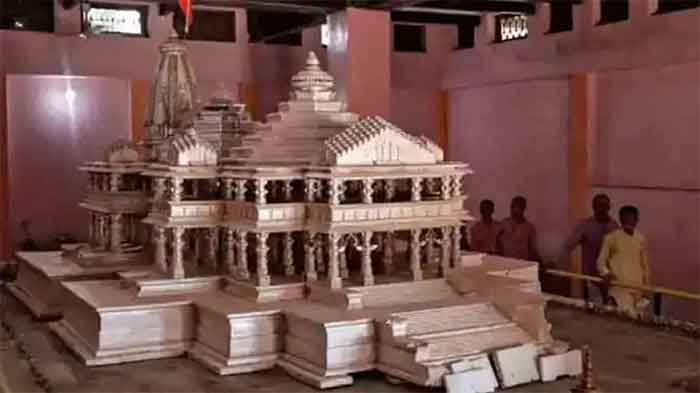Mandsaur, Oct 1: A video purportedly showing a government college professor in Madhya Pradesh touching the feet of some ABVP activists after they threatened to lodge a police complaint against him over his objection to them raising "patriotic" slogans has surfaced.
According to sources in the Government Commerce College in Mandasaur, professor Dinesh Gupta was teaching students on September 26 when Akhil Bhartiya Vidyarthi Parishad (ABVP) activists raised "patriotic" slogans.
Gupta came out of the classroom and asked them not to disturb but they ignored him. The activists threatened the professor that they would approach the police for trying to stop them from raising 'patriotic' slogans, they said.
The professor got scared and touched the feet of the activists and apologised to them, the sources claimed.
When contacted, ABVP Mandsaur district convenor Pawan Sharma said it was an "emotional act" by the professor and occurred when BSc students were awaiting results of their third-semester examination.
"The students were protesting and shouting slogans like 'Bharat Mata Ki Jai'. They were on their way to give a memorandum to the college principal on the issue when professor Gupta came out of the classroom and objected to the shouting," he said.
He said when the students registered their protest with the principal, the professor came there and suddenly started touching feet of students who started running.
"After a while, the professor sat with me and said that he turned emotional and didn't nurse any grudge against anyone," the ABVP leader claimed.
Congress president Rahul Gandhi had on Friday expressed anguish over the incident.
"The ruling party's student leaders have disrespected a teacher... In a country where a teacher is considered god what kind of culture is this that students threaten teacher and the teacher has to touch their feet," Gandhi tweeted in Hindi.






Comments
WHAT AN EMOTION !!! GOD SAVE THIS COUNTRY
Add new comment